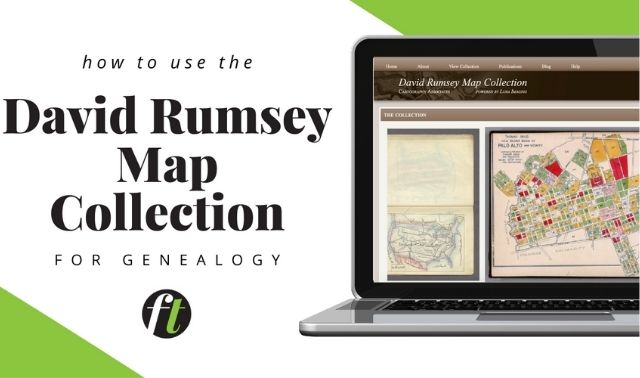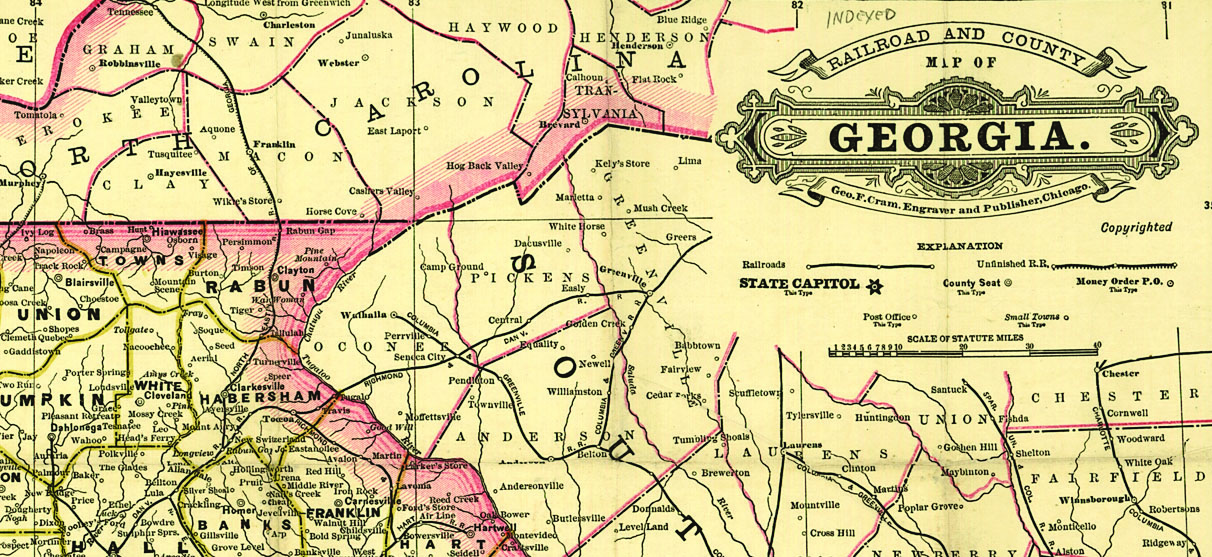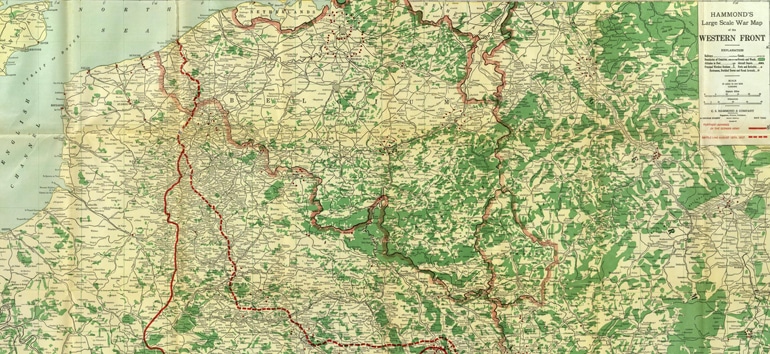Sign up for the Family Tree Newsletter! Plus, you’ll receive our 10 Essential Genealogy Research Forms PDF as a special thank you.
Get Your Free Genealogy Forms
"*" indicates required fields

1790s historical map of Pennsylvania
On December 12, 1787, Pennsylvania became the second state to ratify the US Constitution. (Delaware, now appropriately nicknamed the First State, ratified the document five days earlier.) Celebrate the anniversary with this map of the Keystone State, created just nine years after Pennsylvania was admitted to the Union. At the time, Philadelphia (then the state’s capital, located in the bottom-right corner of the map) was the second-most populous city in the country and the temporary capital of the United States, and the burgeoning town of “Pittsburg” (no H) was just a few decades old.
This map stands out for its detail. The state’s rugged Appalachian Mountains are clearly visible (particularly in the eastern part of the state), showcasing the difficulty early settlers must have had when venturing west. The key (top right) indicates map labels for houses of worship, forges, and even “Indian towns,” providing some insight into each town’s importance. The map also has separate markers for county and township borders, as well as for roads that form county and township lines.
Notice that the map’s key and some of its titles have German translations. According to David Rumsey, the map is part of a US atlas created by German mapmaker Daniel Friedrich Sotzmann, who intended to create an 18-map collection but only finished 10. The mapmaker’s German origins is appropriate; since its founding, Pennsylvania has been home to a prominent “Pennsylvania Dutch” community of German-speakers from central and southeastern Europe.
ADVERTISEMENT
You can use maps like these (including the other Sotzmann maps, which are also available on David Rumsey’s site) to visualize your ancestor’s community. Was your Pennsylvania ancestor’s town prominent enough to be on the map? Do you notice any forges or houses of worship that your ancestor may have frequented?

1891 historical map of Pittsburgh
Pittsburgh, most famous today for steel and yellow-and-black professional sports teams, has a history dating back to Colonial times. If you’re lucky, you can use historical maps of Pittsburgh to discover how your ancestors fit into the city’s history.
The French first settled the region where the Allegheny and Monongahela Rivers meet to form the Ohio River in 1754. The British captured the site (called Fort Duquesne) and built their own stronghold, “Fort Pitt,” a few years later. The settlement became the city of Pittsburgh in 1816, and the city rose to prominence by producing large amounts of iron and (later) steel.
ADVERTISEMENT
Pittsburgh continued to grow, both in population and land area. People flocked to the region, and Pittsburgh’s population nearly quadrupled between 1870 and 1900. Because of this population boom, Pittsburgh ranked in the top-10 most-populated cities in the United States from 1910 to 1940.
The map above shows Pittsburgh in 1891 during this population boom. Note the “Pittsburg” label, the result of officials removing the H from the city’s name in 1890. (They restored the city’s name to the current spelling in 1911.) The detailed map features each street name, plus the names of the railways that ran through the Pittsburgh area. The numbered list indicates where on the map prominent buildings (including city hall and the Carnegie Library) are located.
Street maps like this one give you a glimpse of your ancestor’s neighborhood during his lifetime. You can use city directories from the University of Pittsburgh’s collection (or from the site Historic Pittsburgh) with maps like this one to determine where your ancestor lived. Since fire and flood destroyed most of the 1890 federal census, this map-directory combo can be especially crucial to documenting your ancestors’ whereabouts between 1880 and 1900.
ADVERTISEMENT




